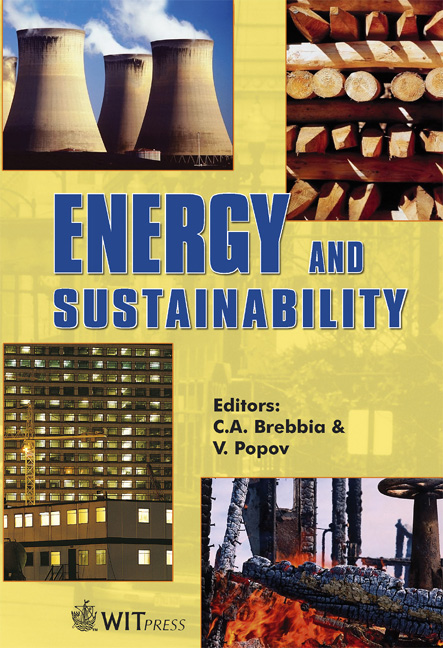Life Cycle Impact Assessment Of The DRAM Chip Industry In Taiwan
Price
Free (open access)
Transaction
Volume
105
Pages
9
Published
2007
Size
387 kb
Paper DOI
10.2495/ESUS070141
Copyright
WIT Press
Author(s)
C. H. Liu, S. J. Lin & C. Lewis
Abstract
Semiconductor manufacturing has played an important role in the macroeconomy of high technology industries in Taiwan. It also has an advantageous position in the global semiconductor industry’s value chain. Despite this industry’s prominence, environmental concerns include emissions from factories, health effects on workers and high energy and material consumption. The purpose of this study is to analyze the environmental impacts of the semiconductor industry by using life cycle assessment (LCA). The LCA software SimaPro 5.1, including Eco-indicator 99 and EPS2000, was utilized to evaluate the environmental impacts caused by a DRAM manufacturing industry. In addition, results from these two methods were compared. From results of this study we find that the environmental impact was mainly from the photolithography process, followed by the etching, thin film, diffusion and CMP processes. As a whole, the most significant impacts are summer smog, depletion of energy and resources, heavy metals pollution and acidification. Furthermore, the damages from such processes are mainly caused by high energy and resource consumption of the semiconductor industry. Though the results from Ecoindicator 99 and EPS2000 have slightly different impact values in the characterization result, the overall results of these two methods are very consistent in the distribution trends and level of impact endpoints. Keywords: life cycle assessment, semiconductor industry, DRAM, environmental impact, Eco-indicator 99, EPS2000.
Keywords
life cycle assessment, semiconductor industry, DRAM, environmental impact, Eco-indicator 99, EPS2000.





